If you find that bloating is coupled with other GI symptoms and you have not been able to pinpoint the foods or lifestyle practices that are causing it, a low FODMAP diet might be a beneficial next step. The FODMAP diet is a short-term elimination diet that can help individuals with ongoing GI distress, such as bloating, determine which foods are causing their symptoms.
FODMAP stands for Fermentable Oligosaccharides, Disaccharides, Monosaccharides, and Polyols. Put more simply, FODMAP foods are fermentable carbohydrates. FODMAP foods include a variety of vegetables, fruits, grains, dairy products, seeds, and beans that contain any of the saccharides or carbohydrates listed above. You will want to avoid foods that contain these carbohydrates initially when starting a low FODMAP diet to find what is causing your GI discomfort. It may seem complicated, but it’s a simple matter of choosing from a variety of common foods and avoiding others. Keeping a list of preferred foods handy when grocery shopping or eating out will ensure that you make the right FODMAP choices.
Low-FODMAP-friendly foods include blueberries, strawberries, kiwis, citrus fruits, carrots, celery, spinach, potatoes, rice, oats, cornmeal, gluten-free bread, and lactose-free milk products.
For more information about the low FODMAP diet and foods, check out Low FODAMP Diet, Simplified.



